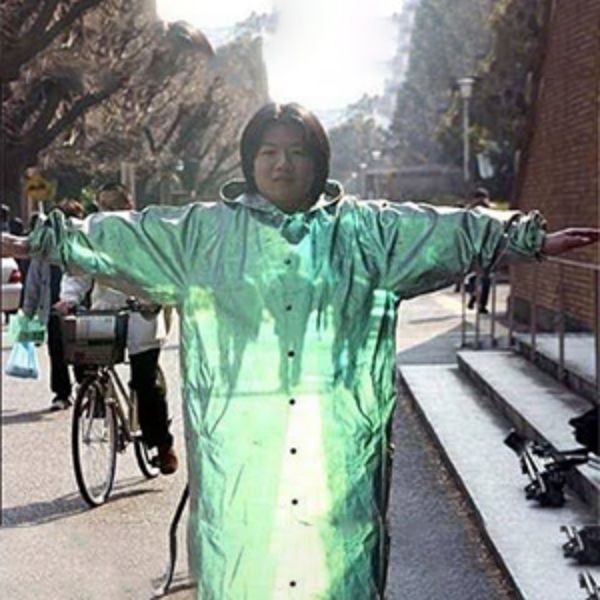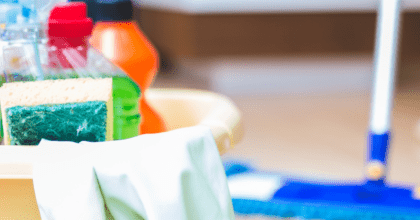Color-changing textiles, wearable displays and body micro-move management are just a few new opportunities textile fiber science has come up with. Products that incorporate built-in odor control and help people wash their clothing less frequently are addressing consumer needs and creating new opportunities for fabric fresheners and instant stain removers.
The next level of color-changing fabrics
Color-changing clothing made from fibers as thick as a few strands of human hair has been developed by the University of Central Florida. Each fiber comprises a copper wire sheathed in a sleeve made of polyester, nylon or other material. Clothing woven from color-changing textiles includes sun-activated T-shirts with designs that change from white to rainbow and textiles triggered by shifts in ambient lighting or body heat.
ChroMorphous is a new development in color-changing fibers controlled by a smartphone. The wearer changes the clothing’s appearance by sending commands from their smartphone to a battery attached to the fabrics. The battery feeds an electric current into the copper wire, heating the pigment to activate a color shift, making it possible to rotate between stripes, plaids and other patterns either randomly or according to the wearer’s mood.
Invisible cloak, training and self-rehabilitation

Buckypaper sensors could prove useful for people who need to micromanage their movements, such as physical therapy patients whose rehab requires them to move in exactly the way their therapist prescribes.
Wearable displays
South Korean scientists are changing the role of clothing from merely body protection, maintaining body temperature and fashion to advanced IT-supporting technology such as information delivery, communication and augmented reality. The new fabric uses OLED (organic LED), a layer cake of organic, or carbon-based, material films. The OLED lights up when a power source drives an electrical charge from one layer of organic material to another. Each light emits only a single color, but it’s possible to create fabric-based screens by using multiple color-changing OLED pixels to display a message. Uses for clothing with single-coloured OLEDs include illuminating pedestrians and bikers at night.
Reducing the need for and extend the lifetime of fabrics by washing less often
Microban, the global leader in textile odor control and prevention, has introduced Scentry Revive, an odor control technology that significantly reduces the need for laundering. The cost-effective technology is easily integrated into existing textile dyeing and finishing processes addressing the need for a proven durable between-wash odor control solution. Scentry Revive’s odor protection apparel lasts five consecutive wears and maintains its freshness for up to 50 washes.
One in 10 Americans with laundry responsibilities say they sometimes use fabric fresheners instead of washing to keep clothing fresh between wears.
The cardinal rule of extending the life of clothing is to wash fabrics less frequently. Trousers, skirts and shirts worn only once are often not visually dirty. One in 10 Americans with laundry responsibilities say they sometimes use fabric fresheners instead of washing to keep clothing fresh between wears. This laundry habit is especially high among younger consumers and larger households.
New opportunity for stain and spot removers
New smart textiles are washable, but like other types of clothing, they wear out during the process. Creating smart textiles with cost-effective built-in odor control would reduce the need for washing and extending the lifetime of smart textiles.
Deodorizing fabric fresheners and instant stain removers are product types that can help consumers extend the number of wears between washes. Instant stain removers are often marketed as on-the-go products for emergency, dry or express stain removal, but could benefit from being positioned as suitable for between-wash stain removal.
Portable mini-washers are another effective way of getting rid of stains on-the-go or at home to skip a wash before the next wear while claiming to remove stains with minimum damage to clothes.



















![[WATCH] 2 household care brand innovations tapping into the upcycling ingredient trend](https://www.mintel.com/app/uploads/2022/10/SocialMedia_EMEA_Upycling-Ingredient-Trends_Blog_1000x305-1.jpg)




















